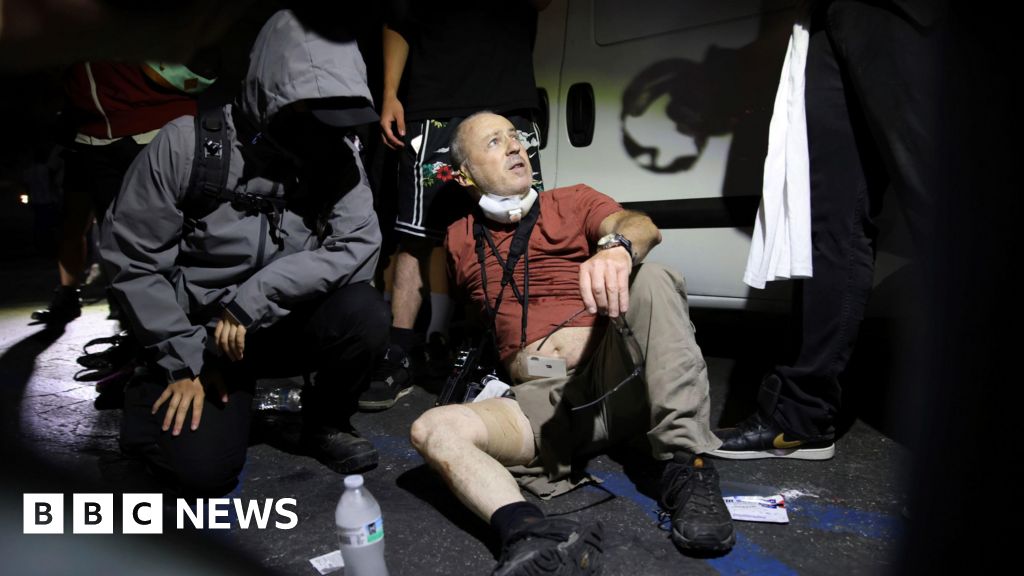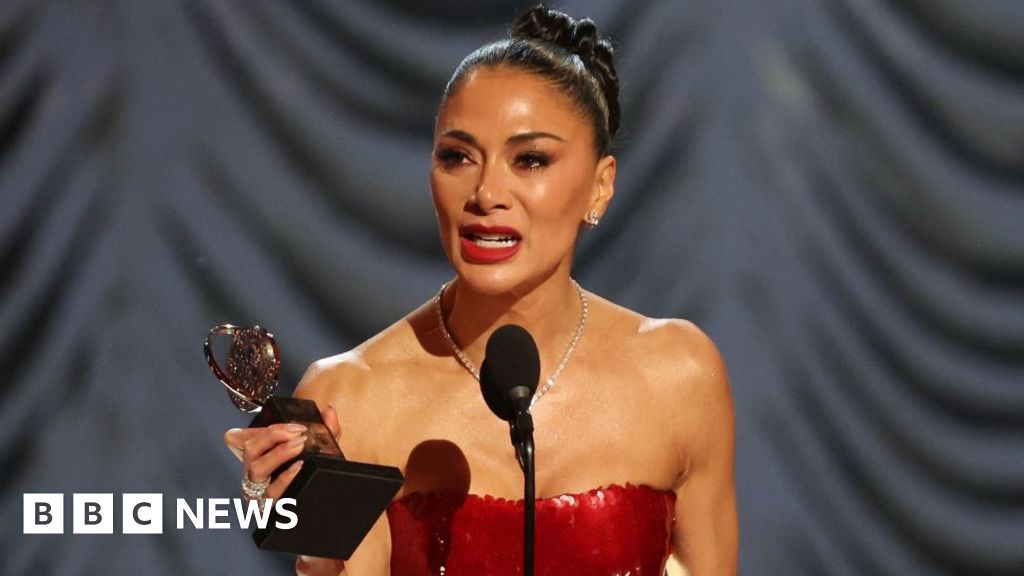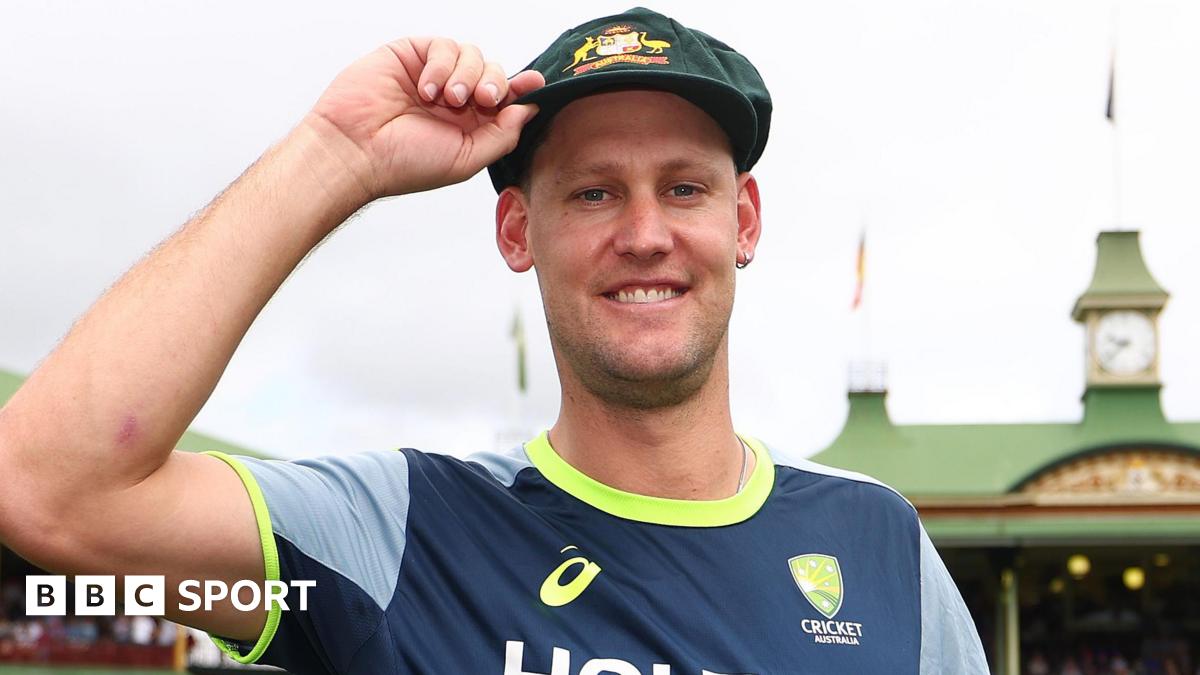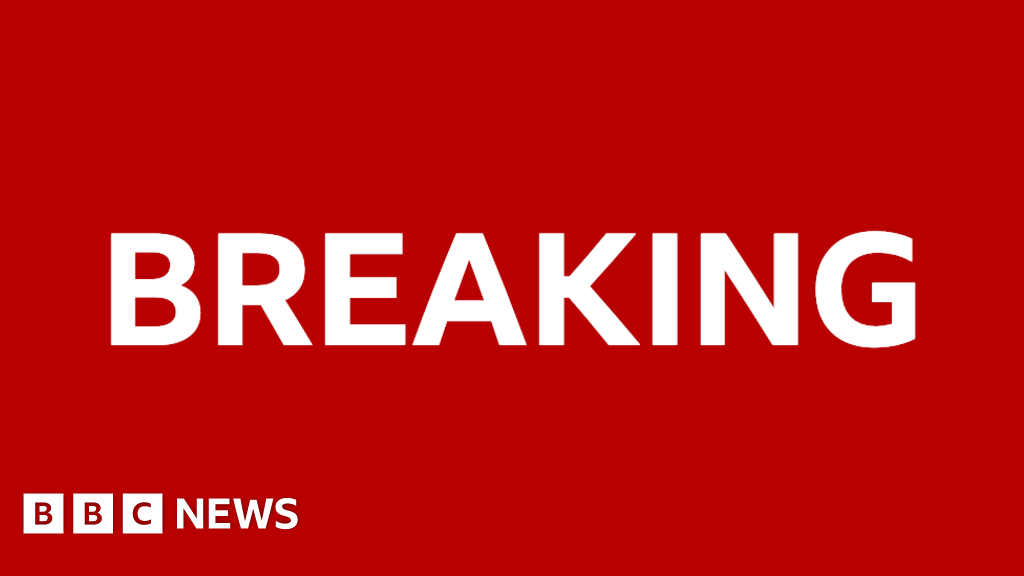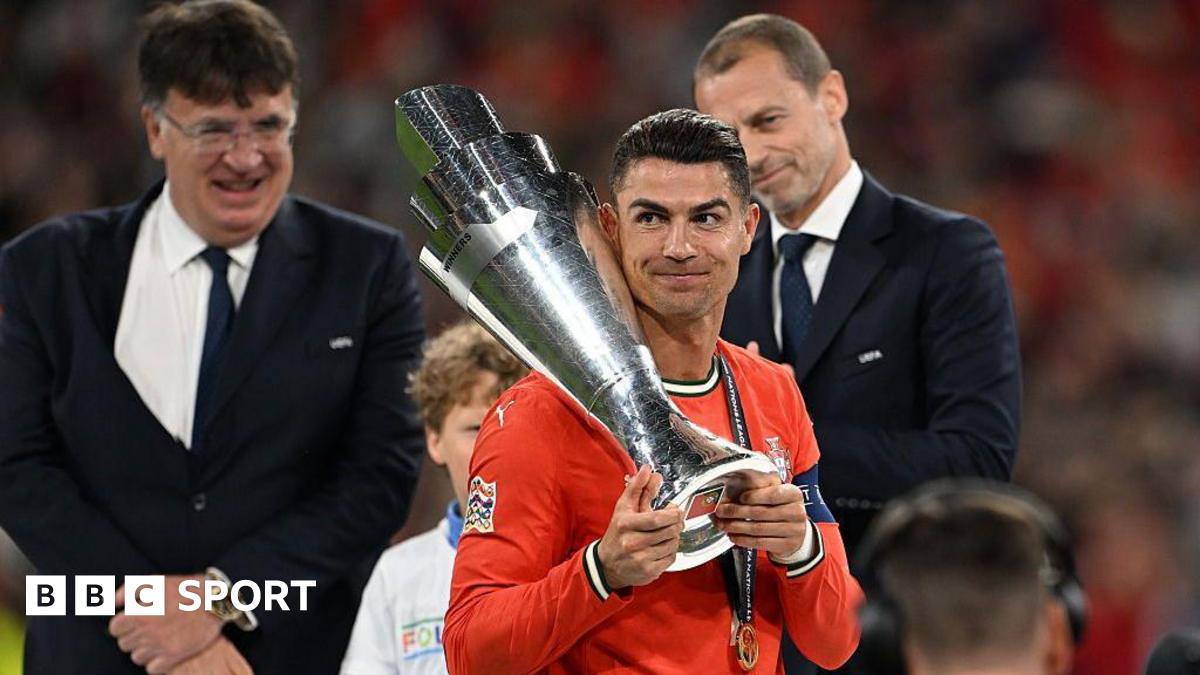
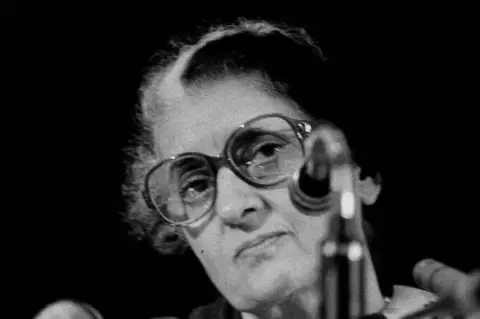 Sondeep Shankar/Getty Images
Sondeep Shankar/Getty Images
Indira Gandhi addressing a press conference in Delhi in 1983
During the mid-1970s, under Prime Minister Indira Gandhi's imposition of the Emergency, India entered a period where civil liberties were suspended and much of the political opposition was jailed.
Behind this authoritarian curtain, her Congress party government quietly began reimagining the country - not as a democracy rooted in checks and balances, but as a centralised state governed by command and control, historian Srinath Raghavan reveals in his new book.
In Indira Gandhi and the Years That Transformed India, Prof Raghavan shows how Gandhi's top bureaucrats and party loyalists began pushing for a presidential system - one that would centralise executive power, sideline an "obstructionist" judiciary and reduce parliament to a symbolic chorus.
Inspired in part by Charles de Gaulle's France, the push for a stronger presidency in India reflected a clear ambition to move beyond the constraints of parliamentary democracy - even if it never fully materialised.
It all began, writes Prof Raghavan, in September 1975, when BK Nehru, a seasoned diplomat and a close aide of Gandhi, wrote a letter hailing the Emergency as a "tour de force of immense courage and power produced by popular support" and urged Gandhi to seize the moment.
Parliamentary democracy had "not been able to provide the answer to our needs", Nehru wrote. In this system the executive was continuously dependent on the support of an elected legislature "which is looking for popularity and stops any unpleasant measure".
What India needed, Nehru said, was a directly elected president - freed from parliamentary dependence and capable of taking "tough, unpleasant and unpopular decisions" in the national interest, Prof Raghavan writes.
The model he pointed to was de Gaulle's France - concentrating power in a strong presidency. Nehru imagined a single, seven-year presidential term, proportional representation in Parliament and state legislatures, a judiciary with curtailed powers and a press reined in by strict libel laws. He even proposed stripping fundamental rights - right to equality or freedom of speech, for example - of their justiciability.
Nehru urged Indira Gandhi to "make these fundamental changes in the Constitution now when you have two-thirds majority". His ideas were "received with rapture" by the prime minister's secretary PN Dhar. Gandhi then gave Nehru approval to discuss these ideas with her party leaders but said "very clearly and emphatically" that he should not convey the impression that they had the stamp of her approval.

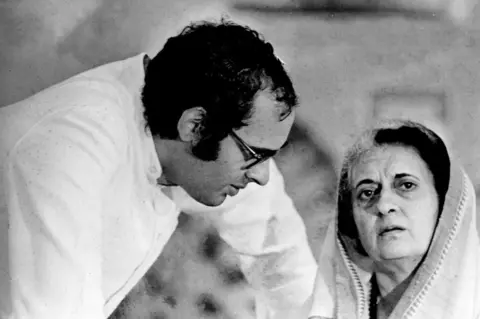 Sondeep Shankar/Getty Images
Sondeep Shankar/Getty Images
Gandhi with her son, Sanjay Gandhi, at a Congress party meeting during the Emergency
Prof Raghavan writes that the ideas met with enthusiastic support from senior Congress leaders like Jagjivan Ram and foreign minister Swaran Singh. The chief minister of Haryana state was blunt: "Get rid of this election nonsense. If you ask me just make our sister [Indira Gandhi] President for life and there's no need to do anything else". M Karunanidhi of Tamil Nadu – one of two non-Congress chief ministers consulted - was unimpressed.
When Nehru reported back to Gandhi, she remained non-committal, Prof Raghavan writes. She instructed her closest aides to explore the proposals further.
What emerged was a document titled "A Fresh Look at Our Constitution: Some suggestions", drafted in secrecy and circulated among trusted advisors. It proposed a president with powers greater than even their American counterpart, including control over judicial appointments and legislation. A new "Superior Council of Judiciary", chaired by the president, would interpret "laws and the Constitution" - effectively neutering the Supreme Court.
Gandhi sent this document to Dhar, who recognised it "twisted the Constitution in an ambiguously authoritarian direction". Congress president DK Barooah tested the waters by publicly calling for a "thorough re-examination" of the Constitution at the party's 1975 annual session.
The idea never fully crystallised into a formal proposal. But its shadow loomed over the Forty-second Amendment Act, passed in 1976, which expanded Parliament's powers, limited judicial review and further centralised executive authority.
The amendment made striking down laws harder by requiring supermajorities of five or seven judges, and aimed to dilute the Constitution's 'basic structure doctrine' that limited parliament's power.
It also handed the federal government sweeping authority to deploy armed forces in states, declare region-specific Emergencies, and extend President's Rule - direct federal rule - from six months to a year. It also put election disputes out of the judiciary's reach.
This was not yet a presidential system, but it carried its genetic imprint - a powerful executive, marginalised judiciary and weakened checks and balances. The Statesman newspaper warned that "by one sure stroke, the amendment tilts the constitutional balance in favour of the parliament."

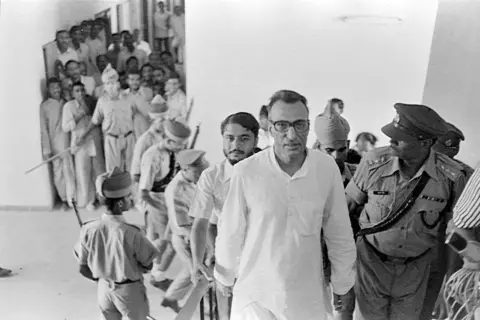 Sondeep Shankar/Getty Images
Sondeep Shankar/Getty Images
Gandhi's defence minister Bansi Lal urged "lifelong power" for her as prime minister
Meanwhile, Gandhi's loyalists were going all in. Defence minister Bansi Lal urged "lifelong power" for her as prime minister, while Congress members in the northern states of Haryana, Punjab, and Uttar Pradesh unanimously called for a new constituent assembly in October 1976.
"The prime minister was taken aback. She decided to snub these moves and hasten the passage of the amendment bill in the parliament," writes Prof Raghavan.
By December 1976, the bill had been passed by both houses of parliament and ratified by 13 state legislatures and signed into law by the president.
After Gandhi's shock defeat in 1977, the short-lived Janata Party - a patchwork of anti-Gandhi forces - moved quickly to undo the damage. Through the Forty-third and Forty-fourth Amendments, it rolled back key parts of the Forty Second, scrapping authoritarian provisions and restoring democratic checks and balances.
Gandhi was swept back to power in January 1980, after the Janata Party government collapsed due to internal divisions and leadership struggles. Curiously, two years later, prominent voices in the party again mooted the idea of a presidential system.
In 1982, with President Sanjiva Reddy's term ending, Gandhi seriously considered stepping down as prime minister to become president of India.
Her principal secretary later revealed she was "very serious" about the move. She was tired of carrying the Congress party on her back and saw the presidency as a way to deliver a "shock treatment to her party, thereby giving it a new stimulus".
Ultimately, she backed down. Instead, she elevated Zail Singh, her loyal home minister, to the presidency.
Despite serious flirtation, India never made the leap to a presidential system. Did Gandhi, a deeply tactical politician, hold herself back ? Or was there no national appetite for radical change and India's parliamentary system proved sticky?

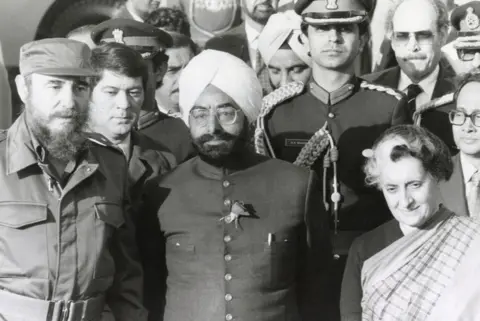 Gamma-Rapho via Getty Images
Gamma-Rapho via Getty Images
Zail Singh (middle), flanked by Indira Gandhi and Fidel Castro in 1983 - a year after Gandhi considered taking the presidency herself but instead chose to elevate her loyal home minister to the role
There was a hint of presidential drift in the early 1970s, as India's parliamentary democracy - especially after 1967 - grew more competitive and unstable, marked by fragile coalitions, according to Prof Raghavan. Around this time, voices began suggesting that a presidential system might suit India better. The Emergency became the moment when these ideas crystallised into serious political thinking.
"The aim was to reshape the system in ways that immediately strengthened her hold on power. There was no grand long-term design - most of the lasting consequences of her [Gandhi's] rule were likely unintended," Prof Raghavan told the BBC.
"During the Emergency, her primary goal was short-term: to shield her office from any challenge. The Forty Second Amendment was crafted to ensure that even the judiciary couldn't stand in her way."
The itch for a presidential system within the Congress never quite faded. As late as April 1984, senior minister Vasant Sathe launched a nationwide debate advocating a shift to presidential governance - even while in power.
But six months later, Indira Gandhi was assassinated by her Sikh bodyguards in Delhi, and with her, the conversation abruptly died. India stayed a parliamentary democracy.

 10 hours ago
1
10 hours ago
1
